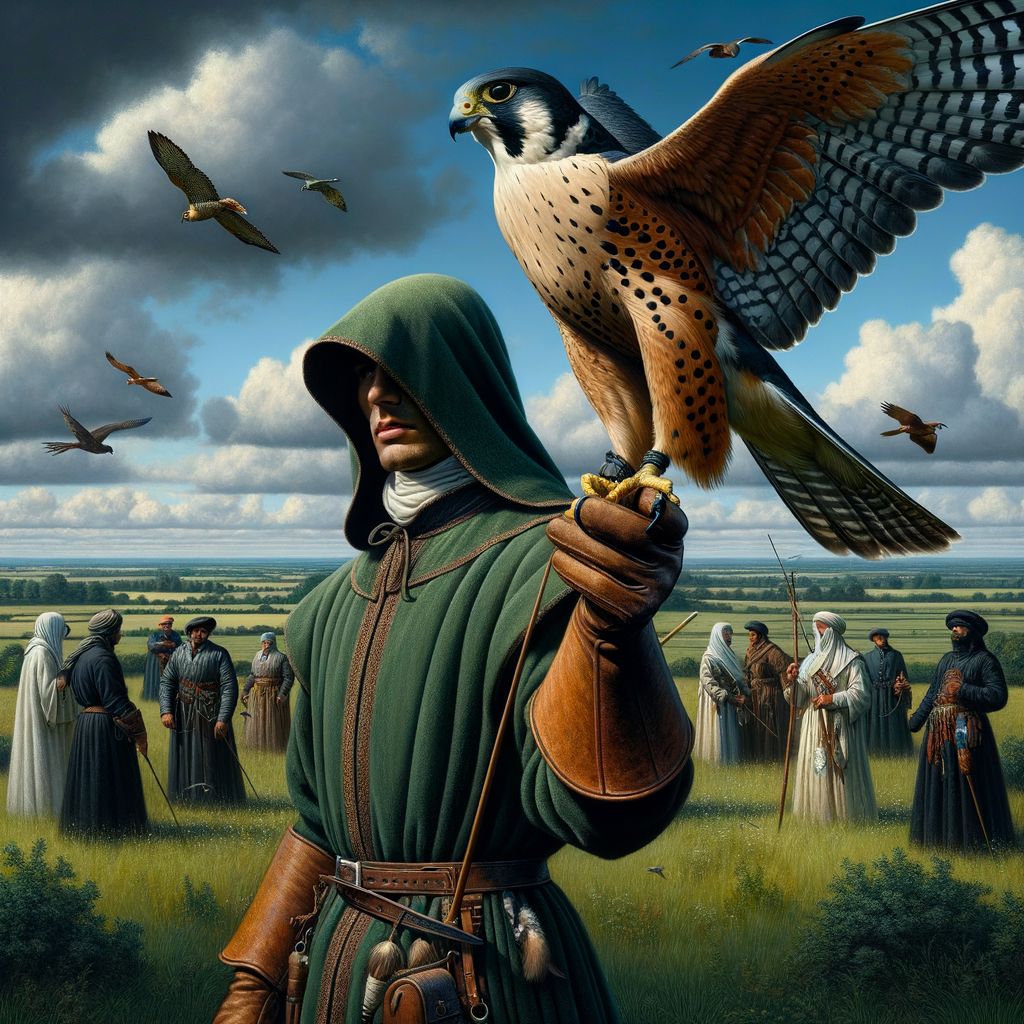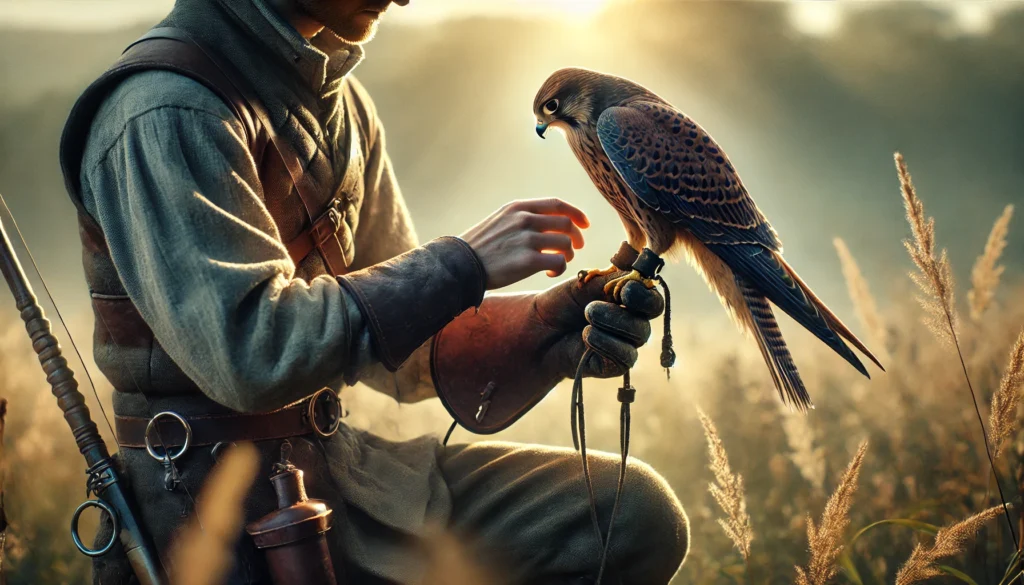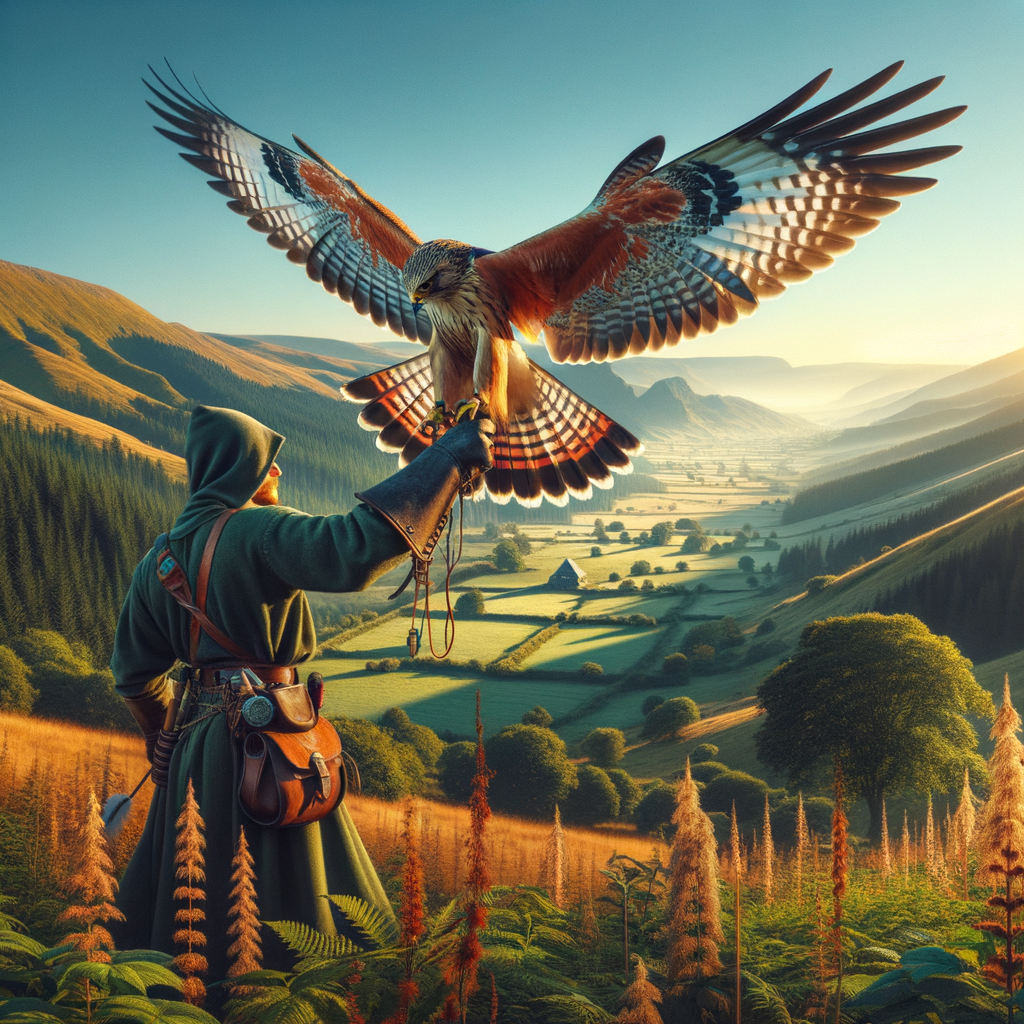Key Insights into Falconry for Sport
-
Introduction to Falconry: Falconry is the art of training birds of prey to hunt in partnership with humans.
-
History and Tradition: This practice has ancient roots and has been part of human culture for thousands of years.
-
Bird Species Used: Common birds trained in falconry include falcons, hawks, and eagles.
-
Training Process: Training a bird of prey involves building trust and understanding between the falconer and the bird.
-
Equipment Needed: Essential gear includes gloves, hoods, leashes, and perches specially designed for these birds.
-
Benefits of Falconry: Practicing falconry fosters a deep connection with nature and sharpens skills like patience and focus.
-
Regulations and Ethics: Falconry is regulated to ensure the welfare of the birds and the sustainability of wildlife populations.
-
Cultural Significance: It is celebrated as a UNESCO Intangible Cultural Heritage of Humanity.
-
Modern Practitioners: Today, falconry is enjoyed worldwide by people of all ages and backgrounds.
-
Learning Falconry: Beginners start by studying under experienced falconers and earn necessary permits and licenses.
-
Challenges Faced: Falconers need to be committed, as the sport requires time, dedication, and knowledge of bird care.
-
Community and Events: Falconry communities often host events and competitions to share knowledge and celebrate their passion.
Explore more about how falconry can enrich your life and connect you with nature through our resources and guided programs at Learn Falconry.
Discover the Thrill of Falconry: A Sport Like No Other
Imagine you’re in the lush, green fields of Ireland, surrounded by stunning scenery and the fresh scent of the outdoors. In your hand, instead of a fishing rod or a football, you hold a majestic falcon, its eyes keen and alert, ready to take to the skies. This is falconry, an ancient sport that blends the beauty of nature with the excitement of the hunt.
At Learn Falconry, we believe that falconry is more than just a sport; it’s a journey into a world where humans and birds of prey form a magical bond. Just like a skilled Irish dancer captivating an audience with every graceful move, a falcon in flight demonstrates precision, agility, and elegance.
In this article, we will delve into the wonders of falconry-for-sport, unveiling why this extraordinary pastime continues to capture hearts worldwide. From understanding the rich history of falconry to learning the essential skills necessary to participate, we’ve got all the enthralling details laid out for you. So, sit back, relax, and get ready to embark on an exciting adventure with us.
Keep reading, and let us guide you through the incredible world of falconry’where tradition meets thrill, and nature meets sport. If you’re eager to discover an activity that’s as timeless as it is exhilarating, you’re in the right place! Remember, every great story needs a beginning, and yours starts here.
Exploring Falconry for Sport: Techniques and Methods
Falconry is an incredible activity that combines history, patience, and skill to create a thrilling and rewarding experience. Many people around the world practice falconry for sport, not only as a tradition but also as a modern recreational activity. If you’re new to this fascinating world, you’re in for a treat! Let’s dive into the captivating details of sport falconry, recreational falconry, and the various falconry sports methods.
Falconry, often referred to as the art and sport of training birds of prey to hunt in cooperation with humans, has been around for thousands of years. It has evolved dramatically, yet retains its rich heritage. For a deeper dive into its origins, check out the history of falconry.
Sport Falconry: A Game for the Skilled
Sport falconry is a thrilling way for falconers to demonstrate their skill and the prowess of their birds. It involves training falcons to hunt various quarry, such as rabbits and birds, in a manner that maximizes efficiency and prowess. Falcons like the Peregrine Falcon or the Gyrfalcon are often favorites for this sport because of their impressive speed and agility. Want to know more about these magnificent birds? Visit species of falcons.
The methods used in falconry sports are diverse and highly specialized. For example, lure flying techniques involve using a lure, which is often a piece of leather or bait attached to a string, to simulate the flight pattern of prey. This technique helps the falcon exercise and hone its hunting skills. Detailed information and advanced methods can be discovered at advanced falconry techniques.
Recreational Falconry: Enjoying the Tradition
Recreational falconry is more than just a hobby’it’s a passion passed down through generations. It’s often practiced by enthusiasts who enjoy spending time in nature with their birds, experiencing the bond that forms between human and raptor. It can be less competitive than sport falconry, focusing more on the enjoyment of training and flying the bird. If you’re just getting started, our getting started with falconry guide is a great place to begin.
One of the most accessible falconry sports methods for beginners is basic training techniques. This includes training the bird to respond to commands, come back to the falconer, and perform simple flights. Over time, as both the bird and the falconer improve their skills, they can progress to more advanced training methods.
Essential Equipment in Falconry Sports
Falconry requires a variety of specialized equipment to ensure the safety and effectiveness of training. From basic falconry equipment like gloves, hoods, and jesses, to advanced gear like GPS trackers and telemetry systems, each piece plays a crucial role. Proper equipment not only ensures the falconer’s control over the bird but also enhances the bird’s performance during hunts. You can find more about these tools and their uses at falconry equipment.
Training a falcon is a meticulously balanced mix of art and science, incorporating traditional techniques with modern advancements. Ensure your bird’s health with our tips on falcon health and nutrition. For more on training techniques, visit training a falcon.
Whether you’re interested in sport falconry or recreational falconry, it’s a journey that combines skill, dedication, and a deep appreciation for the natural world. With the right knowledge and equipment, falconry can be a deeply rewarding pursuit. Dive into more information on specific techniques and methods with our guides on falconry techniques.
Unlocking the World of Falconry-for-Sport
Falconry is a thrilling sport that combines nature, skill, and adventure. It has a rich history and a dedicated community. Let’s explore some of the exciting aspects of falconry for sport.
Licensing and Regulations
Falconry is a regulated sport, meaning you need to secure the proper licenses and follow specific guidelines. Here’s an overview of the requirements in different regions within the United States:
-
New York State Falconry License
- Levels:
- Apprentice
- General
- Master
- Requirements:
- Pass a Falconry Exam with at least an 80% score.
- Have a hunting license for the current year.
- Multiple levels have specific experience and sponsor endorsement requirements.
- Levels:
-
Kentucky Falconry Permit
- Requires passing the falconry examination with a score of 80% or higher.
- The permit allows securing and using birds of prey for hunting.
-
Arkansas Falconry Permit
- General Class:
- Possess up to three raptors.
- Master Class Falconer:
- Five years of experience.
- Can possess up to five raptors, including golden eagles with an additional permit.
- General Class:
| Level | Minimum Age | Raptors Allowed | Exam Score Required | Fee |
|---|---|---|---|---|
| Apprentice | 16 | 1 | 80% | No Fee |
| General | 18+ | 3 | 80% | No Fee |
| Master | 23+ | 5 | 80% | No Fee |
Equipment and Supplies
Sports falconry requires specific gear to ensure both the falconer and the bird are safe and efficient. Some of the necessary equipment includes:
- Gloves/Gauntlets: Protects the falconer’s hand when handling the bird.
- Vests: Used for carrying equipment and sometimes the bird itself.
- Training Tools: Includes lures and creances for teaching birds hunting techniques.
- Telemetry Equipment: Essential for tracking birds, such as radio telemetry systems.
History and Popularity
Falconry is an ancient sport with roots tracing back thousands of years. Various cultures, from the Hittites to the Egyptians, practiced it. The sport saw a resurgence in the 1970s, which has continued to grow in modern times.
- Ancient Times: Evidence of falconry practices in ancient cultures showcasing the long-standing human fascination with birds of prey.
- 1970s Revival: Increased by reprinting old treatises and the emergence of new media coverage, spiking interest in falconry.
General Practice Around the World
Falconry is popular worldwide with notable strongholds in regions like Britain, the United States, Central Asia, and the Persian Gulf states. Each region has unique species and practices:
- Types of Birds Used:
- Falcons: Known for their speed.
- Hawks: Versatile hunters.
- Eagles: Powerful and majestic.
- Buzzards: Commonly used in Europe.
| Region | Common Birds of Prey | Notable Practices |
|---|---|---|
| Britain | Peregrine Falcons | Traditional hunting with falcons |
| United States | Red-tailed Hawks | Diverse hunting styles |
| Central Asia | Golden Eagles | Hunting large game like wolves |
| Persian Gulf | Saker Falcons | Falconry festivals and competitions |
Becoming a Falconer
To embark on this exciting journey, here is a step-by-step guide to become a falconer:
- Age Requirement: Generally starts at 16 for General Class Falconers.
- Pass the Falconry Exam: Achieve at least an 80% score.
- Gain Experience: Apprenticeship of 2 years for General Class and extensive experience for Master Class.
- Find a Sponsor: Secure endorsements from established falconers.
- Build Your Facility: Set up an approved housing for birds.
- Acquire Equipment: Collect necessary gear for training and hunting.
- Facility Inspection: Ensure it meets regulatory standards.
- Apply for the License: Submit all required documents.
- Maintain Your License: Renew every five years and follow all regulations.
- Follow Regulations: Comply with state and federal laws.
Engage with the unique world of falconry and experience nature at a different level. From licensing to hunting, the journey of becoming a falconer is as rewarding as it is exhilarating.
The Exciting World of Falconry-for-Sport in 2024
Falconry is more than just a hobby; it’s an ancient practice that has been passed down through generations. In 2024, the art of falconry continues to thrive, blending tradition with modern advancements. Here’s a quick look at what you need to know:
- Licensing and Regulations: Securing a falconry license involves various levels’Apprentice, General, and Master’with each requiring specific exams and hunting experience.
- Essential Skills and Knowledge: To become a falconer, you must pass an exam, often scoring 80% or higher, and undergo years of practice under the guidance of experienced falconers.
- Global Practice: This remarkable sport is enjoyed worldwide, especially in regions like Britain, the United States, Central Asia, and the Persian Gulf states. Each region has its unique regulations and seasons for hunting with birds of prey.
Falconry is a commitment to preserving a piece of human history while engaging in a thrilling and rewarding sport. Whether you’re a seasoned falconer or just beginning your journey, the adventure of training and hunting with these magnificent birds is an experience like no other. Dive into the fascinating world of falconry, and whether for sport or passion, let these incredible raptors inspire you!



